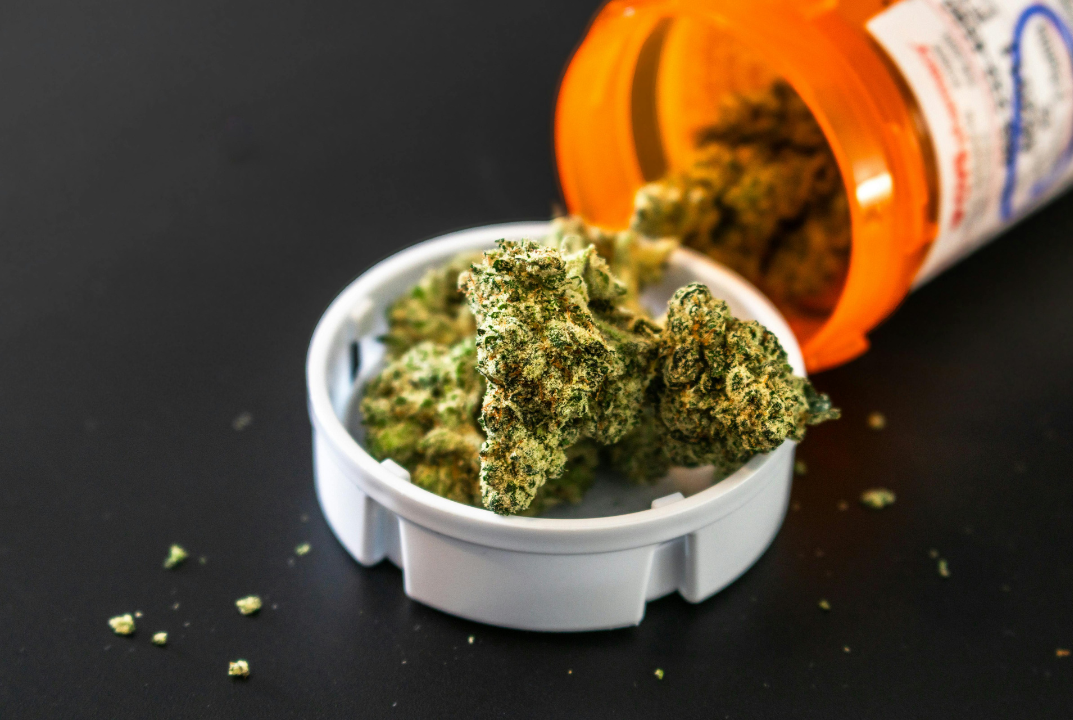Accurate potency labeling is not just a best practice; it's the law in New York. The state's Office of Cannabis Management (OCM) enforces strict tolerance limits for THC and other cannabinoids to ensure consistency, consumer safety, and label integrity. Let's explore what these limits mean for cannabis manufacturers, how to calculate and stay within variance, and how testing plays a critical role in compliance.
NY Potency Tolerance Standards
The OCM requires that cannabinoid potency listed on cannabis product labels must fall within specific ranges:
- Adult-use products: THC and other cannabinoids must test between 85% and 115% of the labeled amount.
- Medical cannabis products: A stricter range of 90% to 110% is enforced.
This ensures that a consumer receives the amount of THC (or CBD) they expect based on the label.
Example: If a cannabis beverage is labeled as containing 10 mg THC per serving, it must actually contain between 8.5 mg and 11.5 mg per serving to comply.
For flower labeled at 20% THC, lab results must fall between 17% and 23% to meet the tolerance.
These tolerances apply to both:
- Per serving (edibles, tinctures)
- Per batch (flower, vapes, pre-rolls)
How to Calculate Potency Variance
Potency variance is the difference between measured potency and the labeled potency, calculated as:
(Measured THC ÷ Labeled THC) × 100 = % of labeled value
Practical Examples:
- Edibles: Labeled as 100 mg THC (10 gummies at 10 mg each), but lab testing shows 120 mg →
- Variance: (120 / 100) × 100 = 120% → Non-compliant (too high)
- Flower: Labeled as 20% THC, but lab finds 18% →
- Variance: (18 / 20) × 100 = 90% → Compliant
- Labeled as 20%, lab finds 24% →
- Variance = 120% → Non-compliant (too high)
Products outside tolerance (either too high or too low) are considered misbranded.
Product-Specific Guidelines
Inhalable Products:
- Label format: Potency as a percentage (e.g., "THC: 20%")
- Compliance range: 85–115% of that percent (e.g., 17–23% for a 20% label)
Edibles, Beverages, Tinctures:
- Label format: Potency in milligrams per serving and per package
- Compliance range: 85–115% of mg values
Example:
- A beverage labeled 5 mg THC/serving must contain 4.25 to 5.75 mg to meet regulations.
- Products must list both mg/serving and mg/container values.
What Happens If a Product Falls Outside the Tolerance?
If a product tests outside the allowed range:
- It must be relabeled with the correct cannabinoid content.
- Alternatively, processors may remix or remediate the batch and retest.
- In cases where correction is not possible, the batch may need to be destroyed.
OCM’s official guidance says:
“Any cannabis product not meeting [the required tolerance] must be relabeled with the accurate cannabinoid content…” (cannabis.ny.gov)
Labeling Compliance & Best Practices

To ensure accurate labeling and avoid violations:
- Lab Testing: Only use OCM-certified labs. DRS Testing uses HPLC, the standard method for measuring both THC and THCA for accurate "Total THC" calculations.
- Certificates of Analysis (COAs):
- Every cannabis product must include a QR code or link to the COA.
- COAs must show test results for potency, contaminants, and other compliance metrics.
- Label Design:
- Ensure THC/CBD content is displayed clearly per regulations (e.g., bolded mg/serving).
- Double-check all label values against your latest COA.
- Quality Control Steps:
- Record batch formulations and cannabinoid inputs.
- Perform internal pretesting before third-party analysis.
- Retest if results are close to tolerance thresholds.
- Keep all batch records for traceability during OCM audits.
Regulatory Oversight & Enforcement
The OCM routinely audits:
- COAs for accuracy
- Production records
- Label compliance
Violations May Result In:
- Product quarantine or recall
- Notice of Violation
- Destruction of non-compliant products
- Fines or license penalties (in extreme cases)
That’s why compliance with potency tolerance isn’t just about avoiding trouble; It protects your customers and your brand integrity.
Key Takeaways
- Adult-use THC/CBD must fall within 85–115% of the labeled amount; medical products within 90–110%.
- Variance is calculated by comparing lab-measured values to label claims.
- Both percentage (flower) and mg (edibles) formats are regulated.
- Out-of-range products must be relabeled, remediated, or destroyed.
- COAs, QR codes, and accurate labels are essential for compliance.
Ensure Compliance with DRS Testing
At DRS Testing, we help New York cannabis producers stay compliant with fast, accurate lab services:
- Batch Potency Testing using validated HPLC methodology
- Label Consultation to ensure variance compliance before release
- Secure COA Hosting with QR code-ready links
Learn more about our Potency Testing Services.
Don’t let a label misstep cost you a batch. Test with confidence. Stay compliant.





Leave a Comment